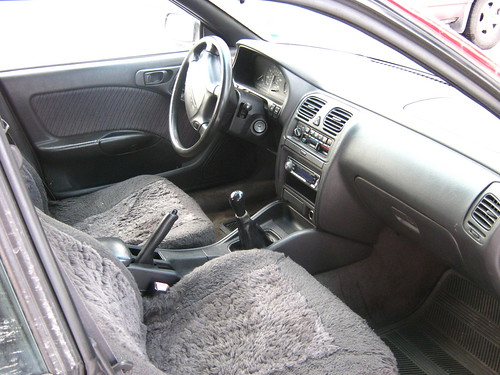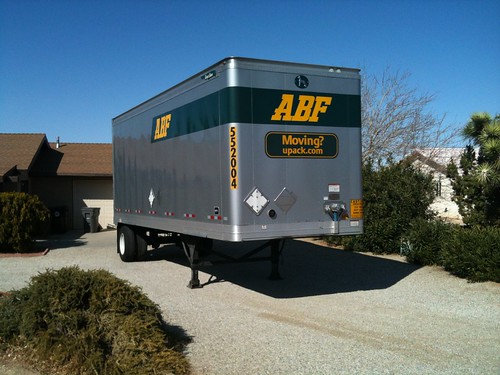Since I’ve been setting up a new computer, I’ve had the opportunity to think about the apps I use. I don’t have time or energy to put together a comprehensive list, but here are a few of my “can’t-live-with-them” apps.
Chrome (and the iReader extension), Safari, and Opera. Chrome is my main browser, but sometimes I need to work in two Google accounts at the same time. Then I fire up Safari. On very rare occasions I need a third online personality; when I do, I break out Opera. I also have Firefox, of course, but I hardly ever use it.
Xee and Skim. Macs come with Preview.app, which is fine, so far as it goes. It will let you open pretty much any type of image file. But it won’t let you go through a folder full of them in a hurry. That’s where Xee comes in. A side benefit of Xee is that it won’t screw up the EXIF data in your image files. Preview.app is fine for reading (and minor editing of) PDF files, too. But the user interface gets more bizarre with each release of Mac OS X. With Lion, I officially declare it a mess, and use Skim unless there’s a compelling reason to use Preview.app.
MacVim. Some people prefer Emacs or TextMate or BareBones BBEdit or TextEdit or whatever, but they’re wrong. Vi is right. MacVim is the best Mac implementation of VIM. Having said that, TextWrangler is a pretty awesome free-as-in-beer editor from BareBones software. It almost makes me want to try out BareBones’ BBEdit. I find TextWrangler especially helpful in converting text from one format to another.
NodeBox (and its derivatives, Nodebox 2 and Nodebox for OpenGL) are “generative design” applications. I’m not sure what that means, but whatever it is, it includes being able to write small programs to draw pictures. (Think of this as the modern equivalent of the venerable pic(1) and grap(1) programming languages. See also Graphviz.)
Handbrake and VLC. Handbrake is how I make backups of my DVDs. VLC is like the DVD Player application that comes with a Mac, except VLC works and it doesn’t crash all the time. How it does captioning isn’t the prettiest, I admit. On the other hand, it not only permits you to take screen captures, it provides a feature of its own to do it. I wish VLC remembered where you quit watching a DVD, but you can’t have everything.
MacPorts. Can’t live with them. Can’t imagine life without them. Therein lies the relevant conundrum. The HomeBrew project might ultimately supplant MacPorts, but I’m nervous about its install location. I’ve tried Fink, but not lately.




